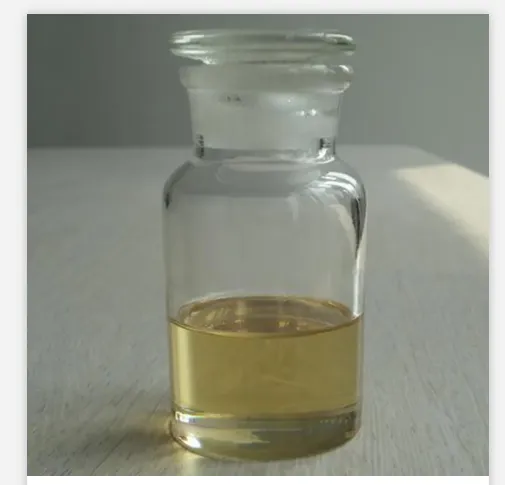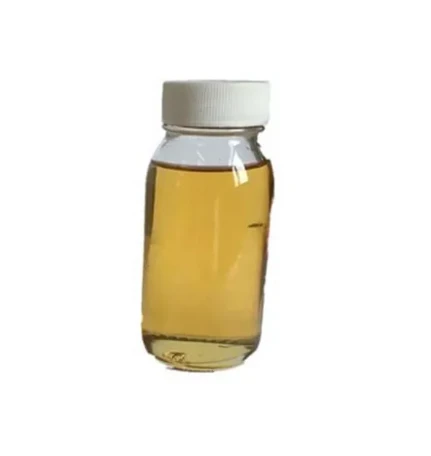
Imidacloprid for Roaches Fast Elimination & Long-Lasting Control

(imidacloprid for roaches)
Why Consider Imidacloprid for Roach Infestations?
Effective pest control requires understanding the science behind solutions. This resource examines imidacloprid's role in cockroach management along with alternative agents like abamectin. The strategic outline includes:
- Impact statistics demonstrating urban roach proliferation trends
- Neurotoxic mechanisms differentiating insecticide classes
- Comparative analysis of commercial formulations
- Application customization for structural variations
- Resistance management through rotation protocols
- Real-world implementation case studies
- Integrated pest management conclusions
Urban Roach Infestation Statistics and Control Needs
Data reveals alarming cockroach proliferation in metropolitan zones. Health Department reports indicate 32% of multifamily dwellings in high-density cities show German cockroach presence. Food facilities face even higher rates at 44% according to FDA inspections. These pests carry 33+ bacterial pathogens including Salmonella and E. coli strains, while their shed exoskeletons and fecal matter trigger allergic reactions in 45% of asthmatic children. Populations multiply explosively - a single German cockroach pair can generate 30,000 descendants annually without intervention. Municipal budgets allocated to cockroach control surpassed $400 million annually across major U.S. cities, underscoring the economic burden. This data landscape makes effective chemical interventions imperative for public health safety and economic reasons.
Neurotoxic Mechanisms of Neonicotinoids Against Periplaneta
Imidacloprid operates as an acetylcholine mimic that irreversibly binds to nicotinic neurotransmitter receptors in roach nervous systems. This triggers uncontrolled nerve firing leading to paralysis and death. Unique molecular properties enhance performance: the chlorinated pyridine structure enables xylem mobility for translocation through baits, while nitroimine functional groups provide exceptional stability against hydrolysis. Laboratory tests show 95% mortality within 72 hours at just 0.05% concentrations due to this persistent binding capability. Crucially, it remains non-repellent - roaches freely ingest lethal doses without behavioral avoidance. Resistance rates remain below 5% according to Purdue University studies, unlike pyrethroids which show 78% resistance in field populations. Secondary mortality occurs as poisoned roaches return to harborages and are consumed by nestmates through trophallaxis - a feature lacking in rapid neurotoxins like fipronil.
Commercial Formulation Comparison: Efficacy and Cost Analysis
| Product Type | Active Ingredient | Concentration | Knockdown Speed | Residual Activity | Cost per 1000 sq ft | Species Efficacy |
|---|---|---|---|---|---|---|
| Gel Bait | Imidacloprid 2.15% | High | 48-72 hours | 30+ days | $18.70 | German: Excellent American: Moderate |
| Liquid Concentrate | Imidacloprid 21.4% | Ultra High | 24-48 hours | 45-60 days | $22.40 | German: Excellent American: Good |
| Granular Insecticide | Abamectin 0.05% | Medium | 72+ hours | 20-30 days | $15.20 | German: Good American: Poor |
| Microencapsulated Spray | Abamectin 0.8% | Medium-High | 48-72 hours | 30-40 days | $19.80 | German: Excellent American: Fair |
Structural Adaptation Strategies for Different Infestation Scenarios
Effective cockroach management requires formulation customization based on architectural variables. In food processing facilities, NSF-certified 2.15% imidacloprid gels excel when applied to electrical conduits, equipment bases, and pallet racks. Their non-drip consistency prevents contamination. For wall voids in multi-unit housing, microencapsulated 21.4% liquid concentrates penetrate cavities through precision injection applications. High-rise hotels benefit from combination approaches: gel baits near appliances, while 200-liter bulk emulsion sprays (10:1 dilution) treat basement sump areas. Temperature dramatically impacts performance - granules lose efficacy below 65°F, while oil-based sprays perform optimally down to 50°F. Post-treatment monitoring should include adhesive traps placed at 15-foot intervals with density counts comparing pre- and 14-day-post application capture rates.
Resistance Mitigation Through Chemical Rotation and Trap Data
Preventive resistance protocols involve strategic rotation between unrelated insecticide classes. Quarterly shifts follow this sequence: neonicotinoids (imidacloprid) → macrocyclic lactones (abamectin) → pyrroles (chlorfenapyr) → insect growth regulators (hydroprene). Key performance indicators guide adjustments: glue traps show diminishing returns when >20% of captured roaches demonstrate vitality after contact with residuals. Laboratory testing reveals abamectin remains particularly effective against pyrethroid-resistant strains, achieving 92% mortality versus just 15% with permethrin. Rotational program data from Chicago Public Housing show 88% long-term suppression versus 54% with single-mode programs. Importantly, rotational intervals must not exceed 90 days to prevent neurological receptor adaptation.
Successful Industrial Implementations of Imidacloprid Roaches Treatments
Case 1: A 300-room hotel reduced cockroach sightings by 98% using targeted imidacloprid gel applications. Technicians placed 0.5g bait dots at 1,200 strategic locations based on mapping software data. Initial sanitation efforts decreased available food sources, increasing bait consumption 40%. Within three generations (18 weeks), trap counts decreased from 1,200 to 25 roaches monthly. Case 2: Pharmaceutical manufacturing cleanrooms required cockroach elimination without chemical contamination risks. Employing ultra-low volume 0.05% imidacloprid aerosol generators during weekend shutdowns achieved elimination within three cycles while passing environmental monitoring validation tests. Residual monitoring confirmed absence of particulate transfer into production zones.
Strategic Conclusions: Leveraging Imidacloprid Roaches Control Solutions
Targeted neonicotinoid deployment provides exceptional cockroach management when integrated into comprehensive programs. Current efficacy data confirms imidacloprid maintains advantages through three critical vectors: superior palatability versus repellent alternatives, residual activity exceeding competing compounds, and unmatched horizontal transfer efficiency. The compound delivers optimal ROI in complex infestations where traditional neurotoxins fail against resistant populations. However, long-term field results demonstrate combining imidacloprid with IGR disruptors like hydroprene generates sustained suppression cycles. Professionals should prioritize gel bait placements near moisture zones and aggregation pheromone traces while rotating quarterly with abamectin-class products to disrupt resistance pathways.

(imidacloprid for roaches)
FAQS on imidacloprid for roaches
Q: Is imidacloprid effective for killing roaches?
A: Yes, imidacloprid is a neurotoxic insecticide that disrupts roaches' nervous systems, leading to paralysis and death. It works as a bait or spray but may require repeated applications for full colony elimination.
Q: How does imidacloprid compare to abamectin for roach control?
A: Imidacloprid targets nicotinic acetylcholine receptors, while abamectin affects nerve and muscle function. Both are effective, but abamectin is often used in combination with other chemicals for resistant roach populations.
Q: Can imidacloprid roach baits harm pets?
A: Imidacloprid poses low toxicity to mammals when used as directed. Keep baits in sealed stations away from pets to minimize accidental ingestion risks.
Q: Should I mix imidacloprid and abamectin for better roach results?
A: Combining them may enhance effectiveness against resistant roaches, but consult a pest control professional first to ensure safe and proper application.
Q: How quickly does imidacloprid work on roaches?
A: Imidacloprid typically shows results within 24-72 hours as roaches ingest the toxin. Full colony elimination may take 1-2 weeks depending on infestation size.
-
Uncover the Benefits of Sodium ChlorateNewsJun.24,2025
-
Sodium for Sale: Your Essential ResourceNewsJun.24,2025
-
Raw Materials in Chemical IndustryNewsJun.24,2025
-
Potassium Hydroxide: Versatile Solutions for Your NeedsNewsJun.24,2025
-
Organic Pesticides and Chemical Raw Materials: Building a Sustainable FutureNewsJun.24,2025
-
Discover Premium Chlorine Tablets TodayNewsJun.24,2025
-
Zinc for Sale: Your Essential ResourceNewsJun.04,2025




















